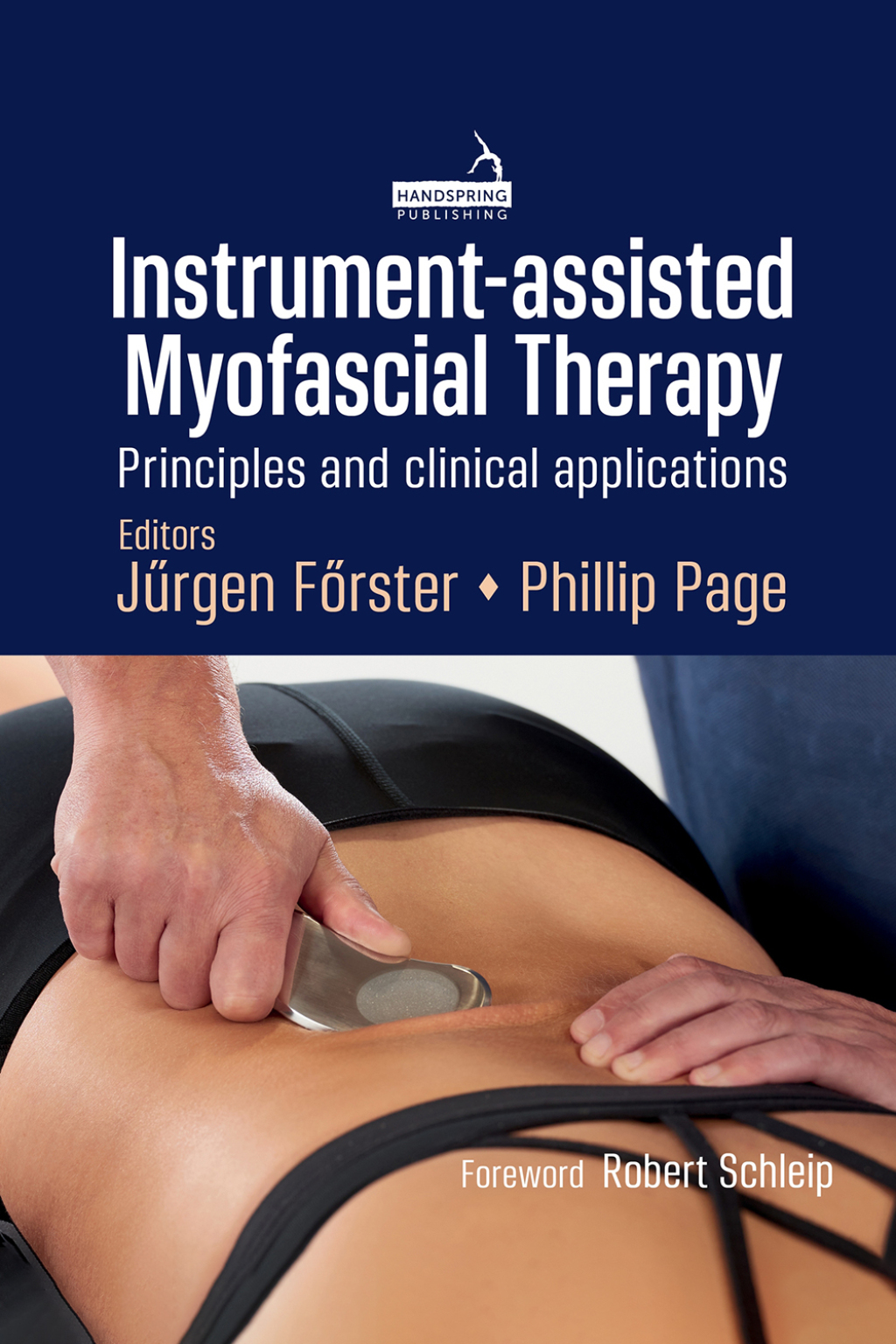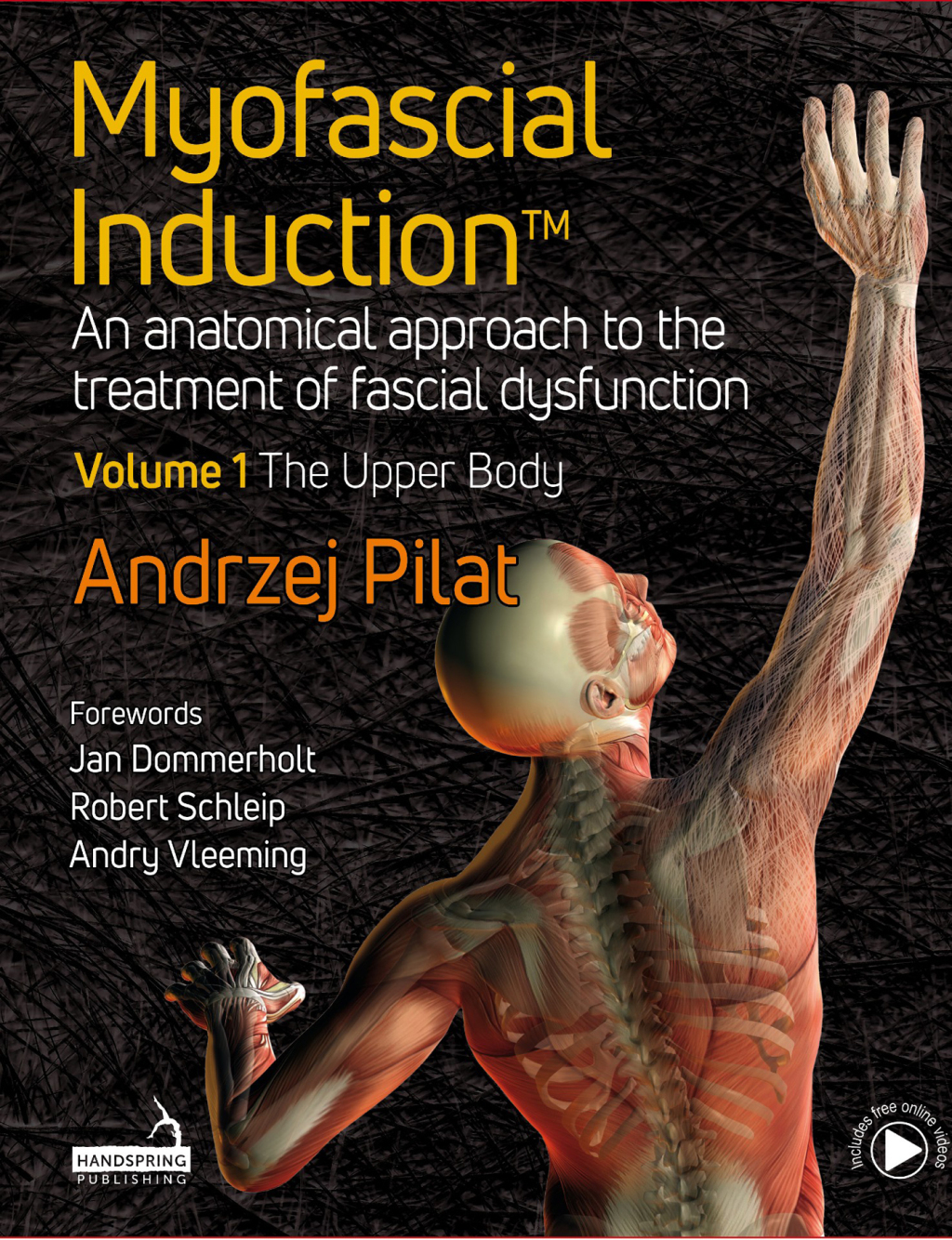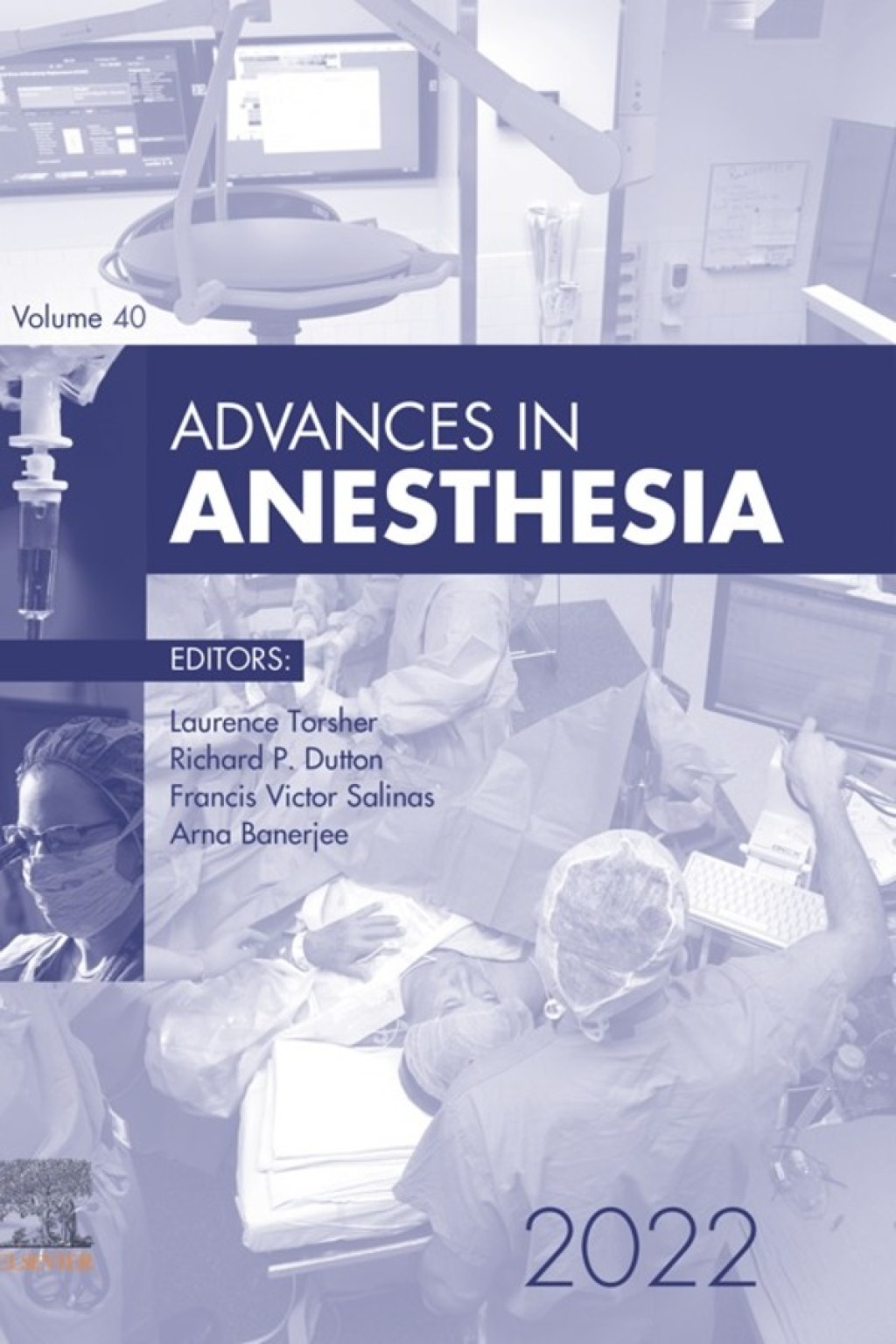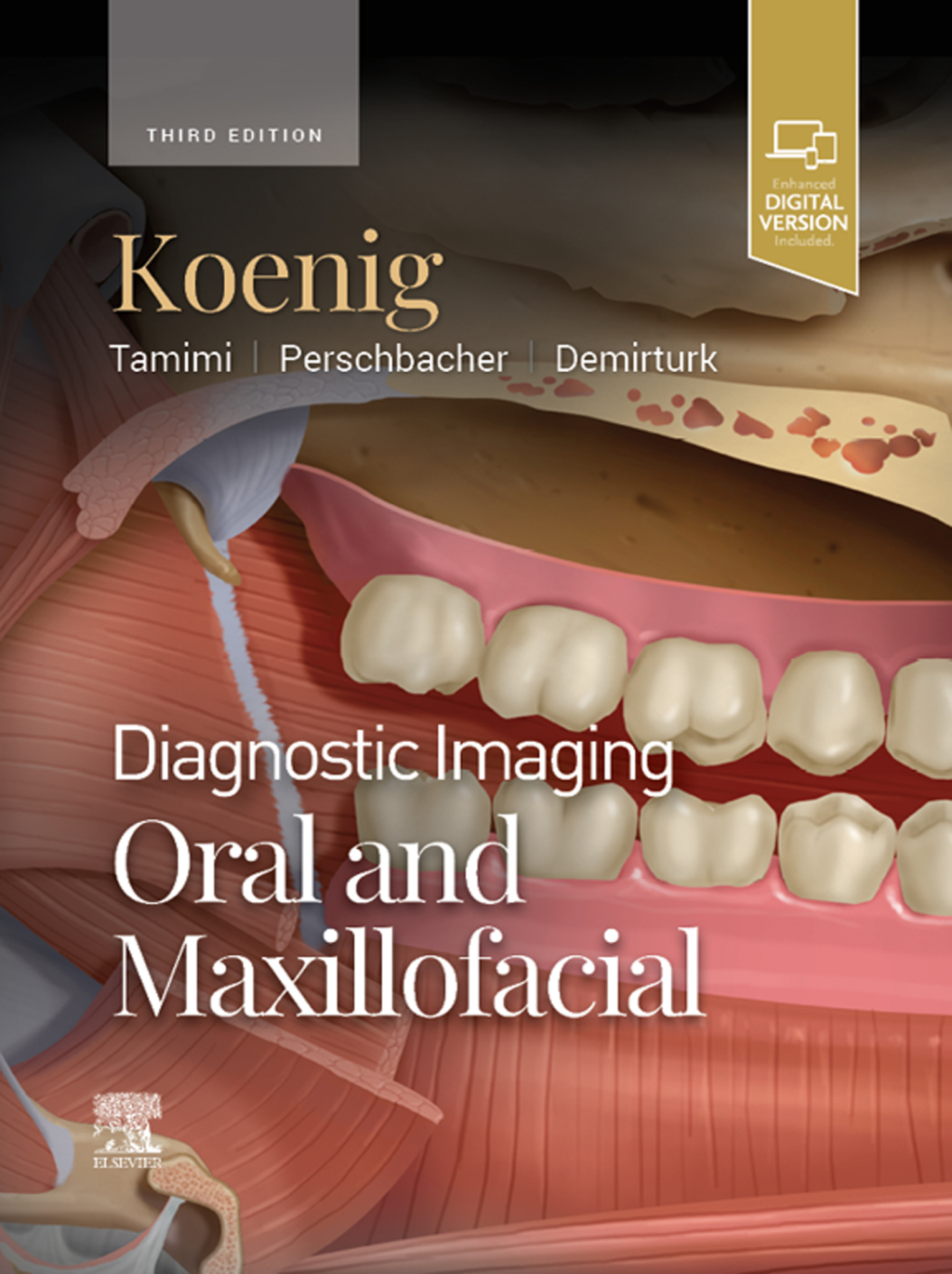Myofascial Inductionâ„¢ – An anatomical approach to the treatment of fascial dysfunction describes the properties of the fascial network and provides therapeutic solutions for different types of fascial dysfunction. The material is presented in two volumes: Volume 1 analyzes in depth the theoretical aspects related to fascia and focuses on the therapeutic procedures of Myofascial Induction Therapy (MITâ„¢) for the upper body; Volume 2 summarizes and expands on the theoretical aspects and explains the therapeutic procedures of MIT for the lower body. Volume 1 is divided into two parts: Part 1 – The Science and Principles of Myofascial Induction and Part 2 – Practical Applications of Myofascial Induction – the Upper Body. Part 1 defines the fascia as a complex biological system before discussing its multiple characteristics. Part 2 is the practical part. Here the reader will find a wide range of manual therapeutic procedures which can be selected and used to build up the MIT treatments. These processes are explained in detail and are richly illustrated, in full color, with diagrams and photographs of their practical application in the body and in the treated samples of dissected tissues. Each chapter opens with an introduction offering to the reader some philosophical background as a reminder that philosophy allows us to relate the strictly scientific with the empirical. Praxis and empiricism are the basis of science. The author invites you to join the scientific fascial adventure that allows us to uncover areas of knowledge which may have been forgotten or which are not yet recognized as being related and which might still reveal relevant information. Once discovered, these facts can help us to better understand the kinesis of our body and so help the individual to change their body image and to improve their quality of life.
Myofascial Inductionâ„¢ Volume 1: The Upper Body An Anatomical Approach to the Treatment of Fascial Dysfunction
Author(s): Andrzej Pilat
Publisher: Handspring Publishing
ISBN: 9781913426330
Edition:
$39,99
Delivery: This can be downloaded Immediately after purchasing.
Version: Only PDF Version.
Compatible Devices: Can be read on any device (Kindle, NOOK, Android/IOS devices, Windows, MAC)
Quality: High Quality. No missing contents. Printable
Recommended Software: Check here










